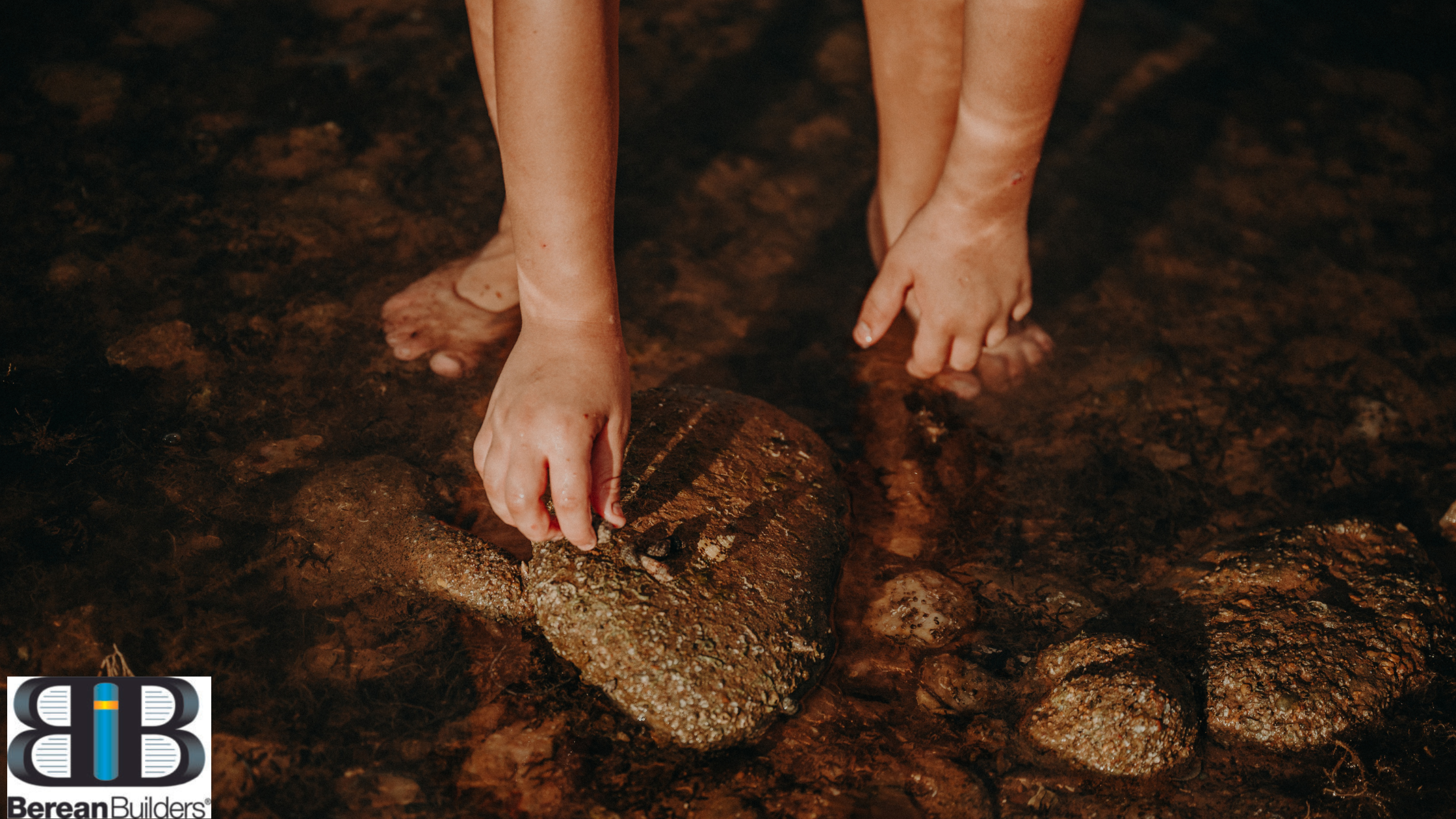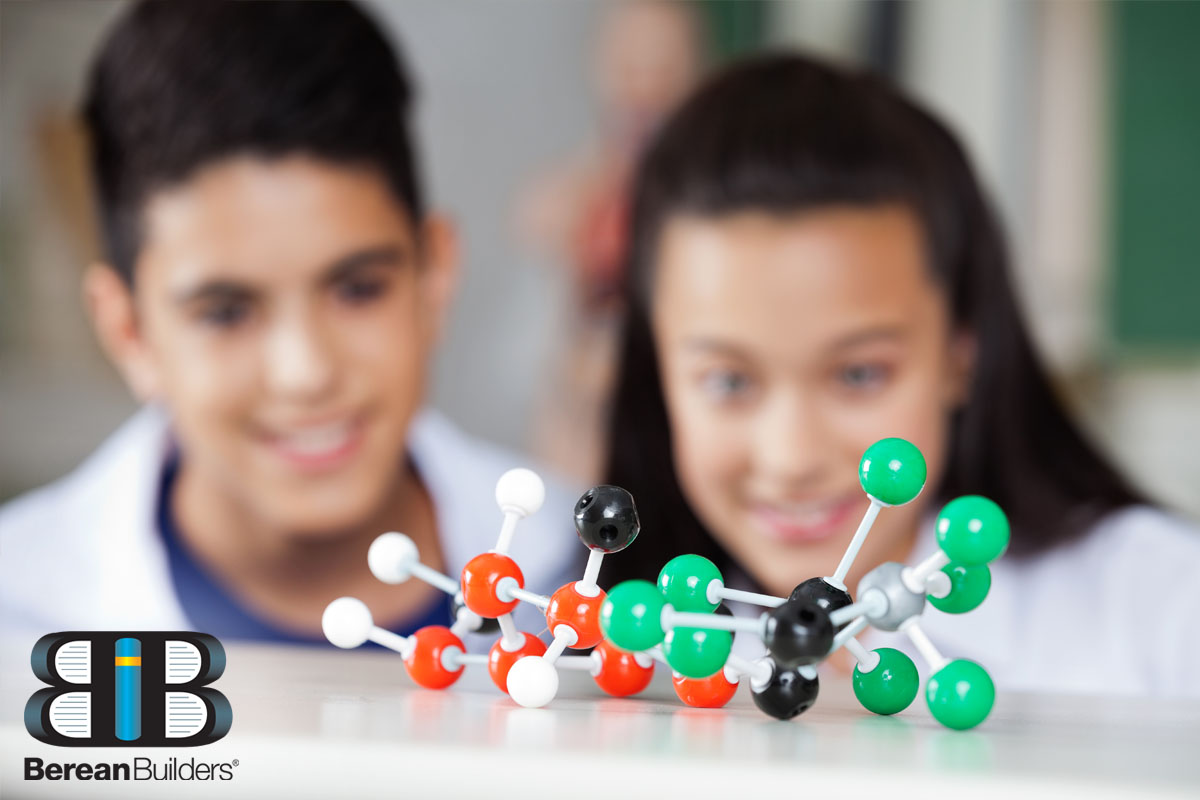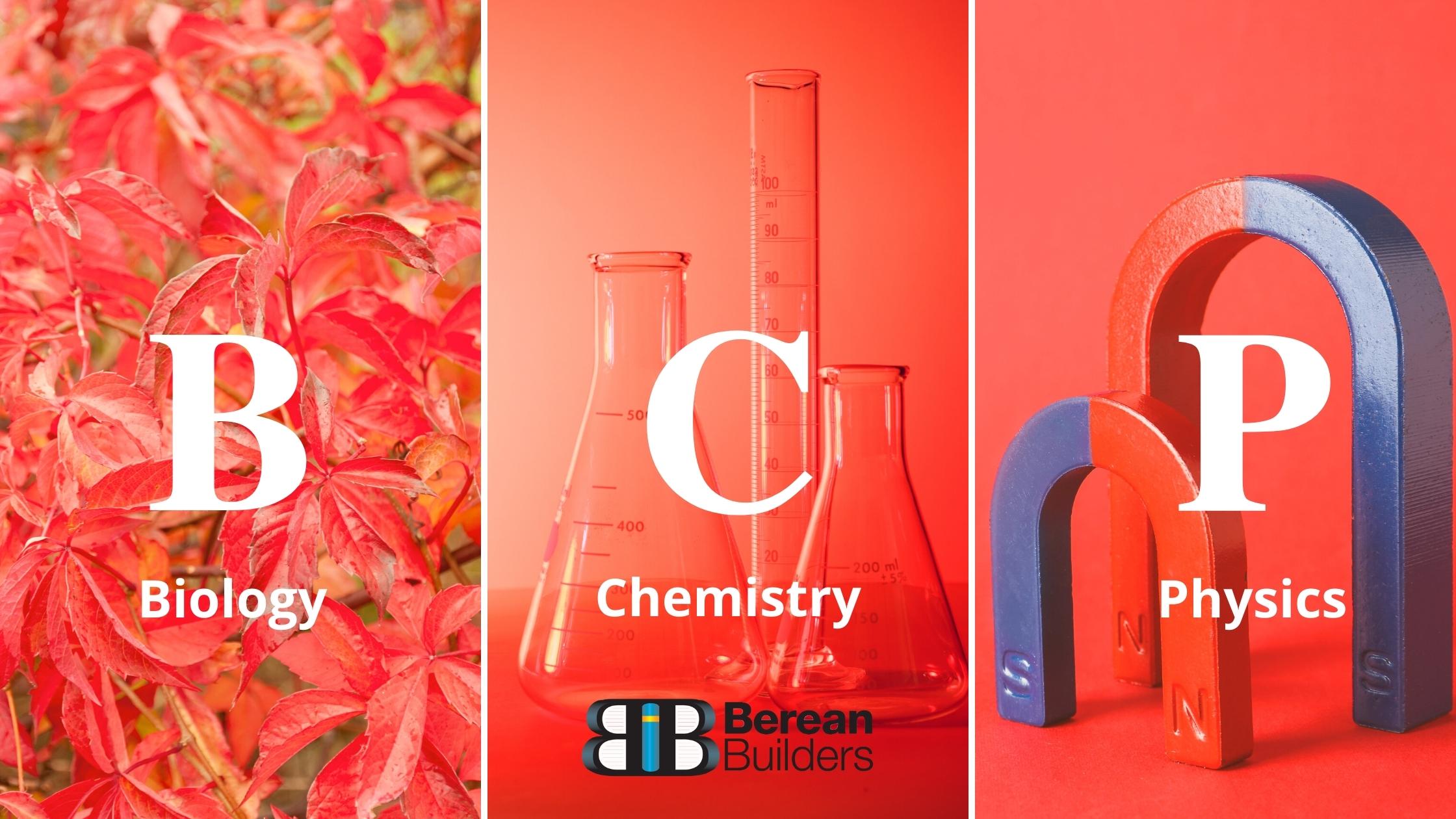
You know the feeling. Everyone is grumpy. No one wants to do the lessons for the day. You’re all in yesterday’s clothes. There may be tears. You’re experiencing homeschool burnout.
8 Signs You’re Doing Too Much in Your Homeschool
The specific signs of burnout are common among many situations:
- Feeling constantly tired, lacking energy, difficulty getting through the day.
- Becoming easily annoyed or impatient with your children or the homeschooling process.
- Finding it difficult to get excited about teaching or engaging in educational activities.
- Struggling to accomplish planned lessons or meet educational goals or deadlines.
- Experiencing feelings of overwhelm, anxiety, or sadness related to homeschooling.
- Developing headaches, muscle tension, or other physical manifestations of stress.
- Failing to prioritize your own well-being and neglecting activities that bring you happiness and relaxation.
- Losing the joy and satisfaction that you once found in homeschooling.
If you notice these signs persistently, it might be an indication that you and your children need a break.
AND THAT’S OKAY.
If you’re feeling like a failure because you’re experiencing burnout, we’re here to give you big hugs and help you take steps to move past this difficult time.
Taking a mental health day from home education is absolutely vital and can be beneficial for everyone involved.
First, recognize and acknowledge that you and your children require a break, and that it is a normal part of the homeschooling journey.
Next, open communications with your children. Discuss the idea of taking a mental health day, explaining the importance of taking care of yourselves and that a break can help rejuvenate your whole crew.
Plan Your Day Off
Once everyone is on board with a much-needed time out, engage in a little planning session. Let your children help by encouraging them to help choose the activities they enjoy and find relaxing.
Use your day off to prioritize self-care for yourself, and make sure your children do the same. Engage in activities that promote relaxation, such as reading, spending time in nature, or pursuing hobbies.
After Your Day Off
Take some time at the end of your day to reflect on your homeschooling journey. Remember why you’ve taken on the responsibility of educating your own. Consider any necessary adjustments or changes that could help prevent burnout in the future.
After your mental health break, gradually ease back into your homeschooling routine. It’s okay to take it slow. Remember to incorporate breaks and self-care practices into your daily schedule to stave off the effects of doing too much.
Taking care of your mental health and emotional well-being is essential for effective homeschooling and is as important as math, science, history, and literature.
By having the courage to say ENOUGH, recognizing and addressing that burnout is real, you can create a healthier and more sustainable homeschooling experience for you and for your children.
Need some self-care ideas?
Here is a list of gentle activities to do today to help you and your children unwind and relax to better deal with your homeschool responsibilities tomorrow.
27 Ideas to Help You Find Balance in Your Homeschool Journey
- Relax your mind: Engage in mindfulness exercises, prayer, or guided meditation to help reduce stress and promote relaxation.
- Move your body: Enjoy physical activities together such as going for a quiet walk, bike ride, or gentle sport to help release endorphins to boost your mood and reduce stress.
- Create something new: Encourage your children to engage in activities like drawing, painting, crafting, or playing a musical instrument. Join with them and explore your own creative outlets. Just make sure these activities don’t generate more stress than they alleviate.
- Embrace nature: Spend time outdoors on a quiet hike, or having a picnic in the park, or simply enjoying a walk in the fresh air, maybe somewhere new to you. Nature has a calming effect on your frazzled nerves. Go barefoot if you can!
- Read a book: Set aside time for reading, either individually or together as a family. Choose books that you find enjoyable and calming, or maybe even humorous. Laughing reduces stress, too.
- Play a game or watch a movie: Dedicate an evening for family game night (unless you have uber-competitive members of the family) or movie night. Take turns selecting games or movies everyone can enjoy. Even spending time in a video game is self-care if that’s what you or your children enjoy.
- Write something: Start or add to a journal and encourage your children to do the same. Write a letter to a loved one or good friend. Writing and expressing thoughts and feelings can be a therapeutic outlet for emotional well-being.
- Have a spa day: Set up a mini spa at home, complete with face masks, foot soaks, and relaxing music. Take turns pampering each other for some quality bonding time. Or spring for a session at a real spa and indulge in a well-earned massage.
- Listen to music or a podcast: Create a playlist of soothing or uplifting music to listen to. You can also explore educational or entertaining podcasts that cater to your children’s interests.
- Play! Allow your children (and yourself!) to have unstructured playtime where you all can engage in imaginative play, build with blocks, or play with favorite toys. This promotes creativity and relaxation. Put together a puzzle, build a sandcastle, fly a kite. The options are limited only by your imagination. Follow their lead, because your kids know how to have fun.
Take Your Time Off. Disconnect.
Tailor self-care activities to your and your children’s interests and preferences, and forget about school for a while.
The key is to engage in activities that bring joy, relaxation, and a sense of well-being to everyone in your family.
Wow! Wasn’t That Awesome and Rejuvenating?
Now that you’ve had a much-needed mental health day, and you’re ready to dive into homeschooling again…
…how can you prevent burnout in the future to maintain a healthy and sustainable homeschool environment?
First, set realistic expectations. Recognize you’re not SuperHomeschoolingMom. We all believe we can do more than we or our children are often physically able. Accept your limitations and realize your children will receive a great education despite them.
Homeschooling is a journey with ups and downs, and it’s okay to have days that don’t go as planned.
Create a flexible schedule so you don’t feel as if you’re boxed in by deadlines. Take breaks, rest periods, and time outs for self-care throughout the day to prevent feelings of overwhelm and exhaustion.
Keep your homeschooling approach fresh and dynamic by incorporating a variety of teaching methods, resources, and activities to keep boredom and burnout at bay.
Make self-care a priority. Recharge and refresh yourself. Practice self-reflection.
Create a positive learning environment by designating a space for homeschooling that is organized, comfortable, and conducive to learning.
Connect with other homeschooling families or support groups to help alleviate feelings of isolation and provide valuable support.
Don’t be afraid to delegate certain responsibilities or outsource certain subjects or activities. Can’t do math? Let someone else teach it for you.
Assess what’s working and what’s not, and don’t be afraid to make sweeping changes when required. Homeschooling is all about learning and growing, and not just for your children.
Stay open to new ideas and educational approaches. Attend workshops, conferences, or take online courses to enhance your teaching skills and discover fresh ways to keep learning fresh and exciting.
Explore educational resources including books, podcasts, or documentaries that inspire and ignite your passion for teaching.
The last thing you want to do is quench the spark that you and your children have for homeschooling.
Celebrate milestones, progress, and accomplishments—both yours and your children’s.
Prioritize your own well-being along with the educational needs of your children to create a homeschooling experience filled with joy and excitement.
We at Berean Builders want your homeschooling journey to be filled with fun and growth and create lifelong curiosity and a wealth of pleasant memories for you and your children.












